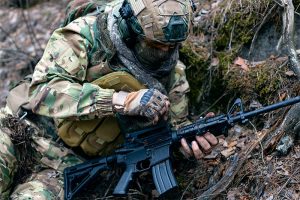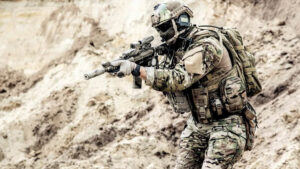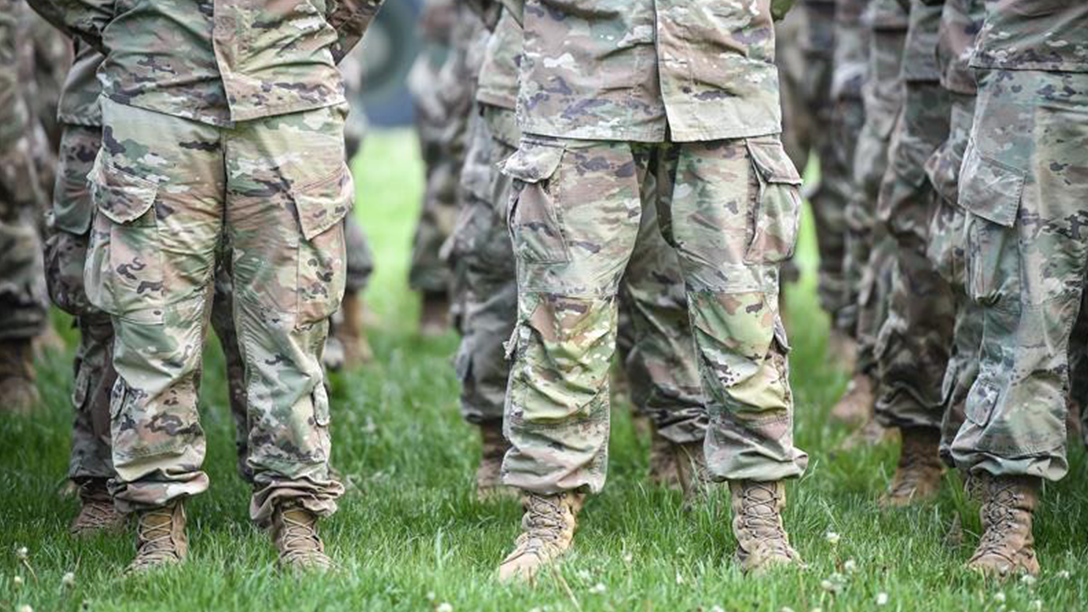
AN IN-DEPTH EXPLORATION OF MILITARY CLOTHING AND ITS MAINTENANCE
When we think of military apparel, we often picture the uniformed service members who bravely serve our country. However, these garments, especially those provided by leading manufacturers like Serket, serve a far more critical purpose. They play a crucial role in safeguarding our service members across diverse environments.
These pieces of clothing withstand harsh conditions and protect the wearer from potential hazards. However, the effectiveness of this military apparel hinges on proper care and maintenance. Without it, the protective qualities of these garments can diminish over time.
Understanding the Broad Spectrum of Military Apparel
Military apparel is a term that encompasses a wide variety of items. Each piece of clothing has a specific purpose in mind, tailored to meet the needs of service members in different environments. Serket offers a comprehensive range of military apparel, including uniforms, shirts, pants, and much more that fall under Berry Compliance.
Uniforms, for instance, are not just a symbol of service. They are crafted from durable materials to withstand the demanding conditions of military service.
Serket uniforms are designed with appropriate camouflage patterns suitable for various environments, helping service members blend into their surroundings.
Shirts and pants are designed with comfort in mind, allowing for a wide range of motion, which is crucial during training or combat.
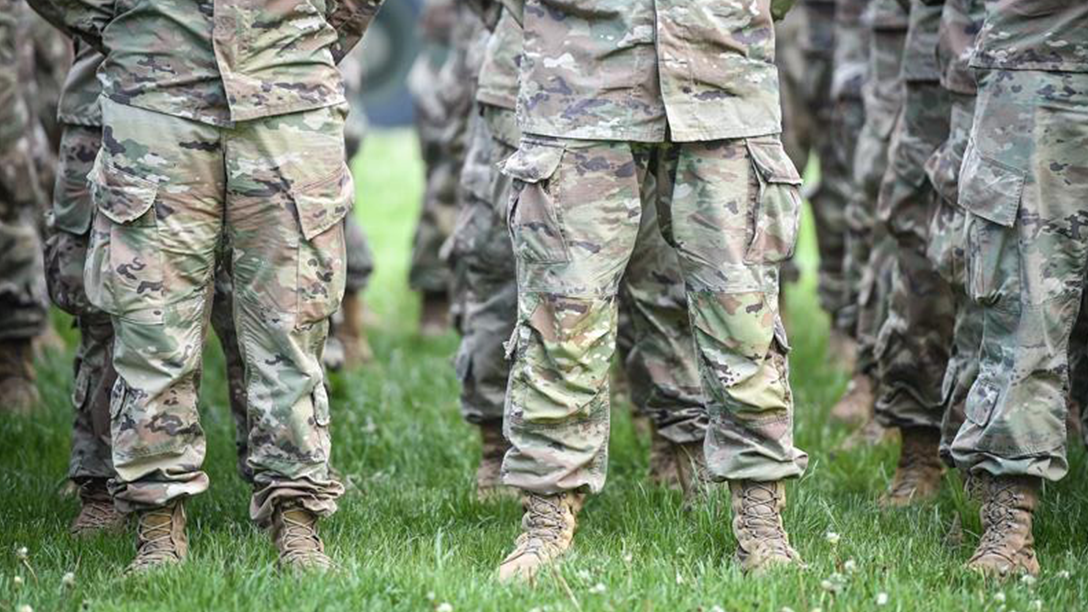
The Critical Role of Proper Maintenance
The longevity and functionality of military apparel, such as those offered by Serket, depend significantly on proper maintenance. Without it, these garments can quickly deteriorate, reducing their protective capabilities. Neglecting to care for these items can lead to damage.
For instance, washing military apparel in hot water can cause the fabric to shrink and weaken. Similarly, using harsh detergents can strip the fabric of its protective finishes, and improper drying can lead to mildew and mold growth. These issues affect the appearance of the apparel and its ability to protect the wearer.
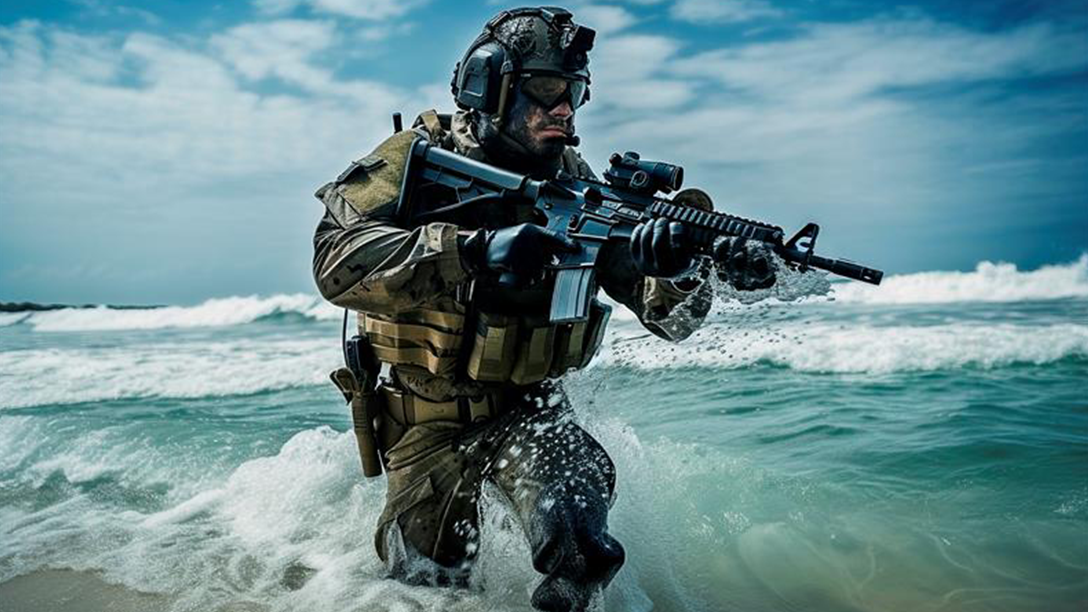
The Dangers of Salt and the Elements
Exposure to the elements can significantly impact the longevity and functionality of military clothing. Salt is a common culprit of this since it is a common element in many environments where military operations take place, such as coastal regions or aboard naval vessels.
Salt, specifically, should be a consideration when performing proper maintenance. When saltwater evaporates, it leaves behind salt crystals that can embed themselves in the fabric. Over time, these crystals can break down the fibers of the clothing, leading to a loss of strength and durability. This can result in the clothing becoming worn out quicker, reducing its protective qualities.
In addition, salt can also affect the color of military clothing. Saltwater can cause colors to fade, which can be particularly problematic for military uniforms where color and pattern are crucial for camouflage purposes.
Furthermore, salt can also corrode metal components of military clothing, such as zippers or buttons, causing them to become brittle and break easier. For something like the combat shirt and pants, this could mean a matter of mission success and failure.
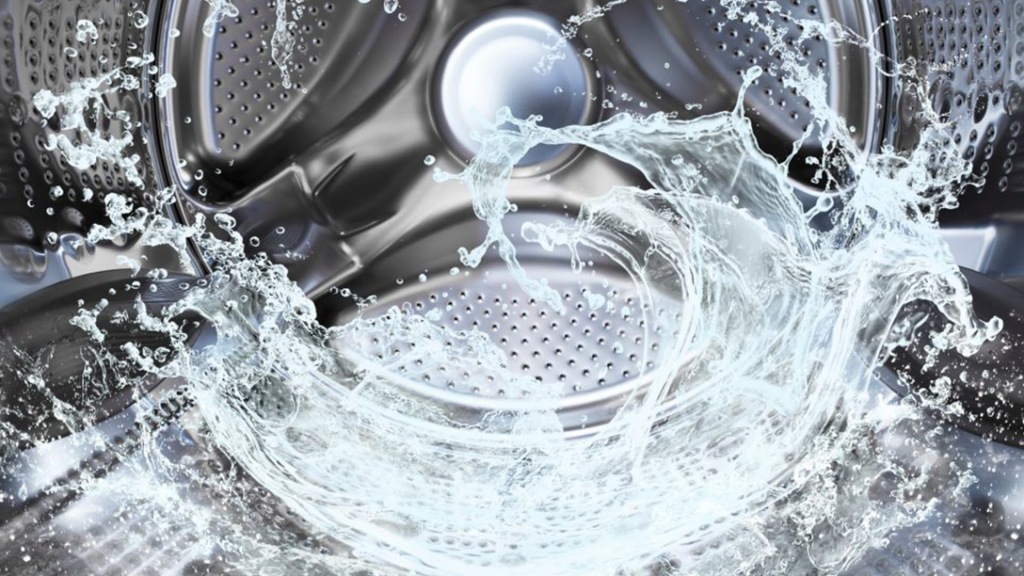
Guidelines for Washing Military Apparel
The optimal method for washing and maintaining military apparel varies depending on the specific type of apparel. However, some general guidelines apply across the board. Most military apparel should wash in cold water using a mild detergent. This helps to preserve the integrity of the fabric. We also recommend air drying over using a dryer. High heat can damage the fabric and degrade its protective qualities.
For example, Serket’s Zephyr Shirt, crafted from a lightweight, breathable fabric, is perfect for hot weather conditions. It is also no melt/no drip and flame resistant, making it an excellent choice for service members working in high-risk environments.
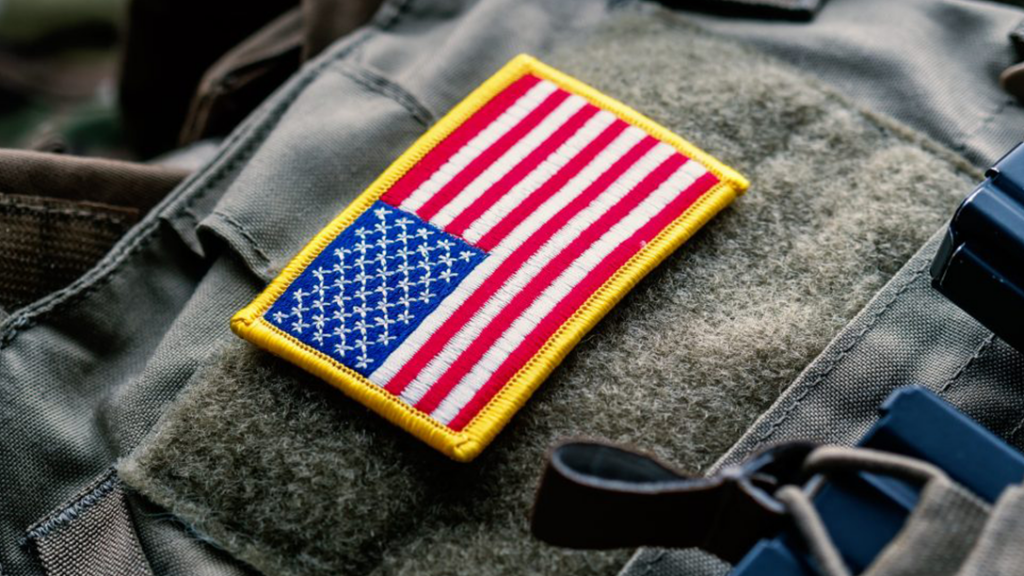
Tips For Maintaining Military Apparel
Maintaining military clothing involves more than just regular washing and drying. It also includes taking care of small details that can significantly impact the longevity and functionality of the clothing. One such detail is the management of loose threads.
Loose threads, if left unattended, can lead to tears or holes in the fabric over time. Therefore, it’s vital to regularly inspect for any loose threads. If you find any, you should carefully burn them off using a lighter or a specialized thread burner. This process, known as “singeing,” effectively seals the end of the thread and prevents it from unraveling further. However, it’s crucial to be careful during this process to avoid damaging the fabric or causing unwanted burns.
Another aspect of military clothing maintenance is the care of Velcro patches. Velcro, often used in military clothing for patches or closures, can accumulate dirt, lint, and other debris in its hooks over time. This can reduce its ability to adhere properly, which can be problematic if the Velcro secures pockets or other parts.
To clean Velcro, you can use a small brush (like a toothbrush) to gently remove any debris caught in the hooks. Some people also find it helpful to use a piece of loop-side Velcro to “comb” the hook-side Velcro clean. It’s a good idea to do this regularly to keep the Velcro functioning properly.
By following these guidelines, you can ensure that your military gear continues to serve its purpose effectively, even with regular use in challenging environments.
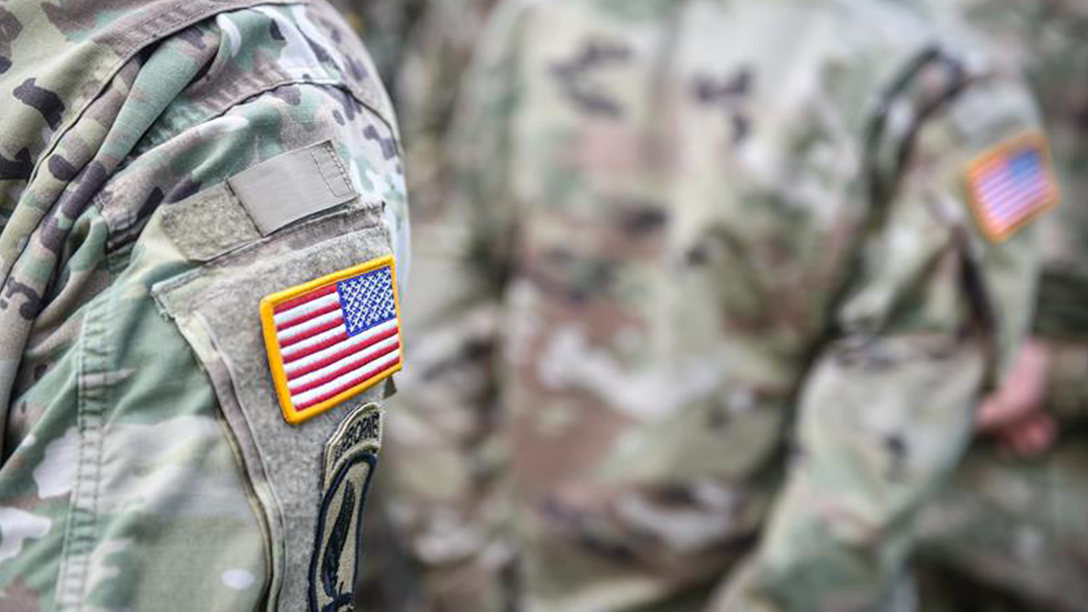
Tips & Tricks for Storing Military Apparel
Proper storage of military clothing is just as important as regular cleaning and maintenance. Here are some tips and tricks to ensure your military apparel remains in top condition during storage:
- Clean Before Storing: Always clean your military clothing before storing it. Dirt, sweat, and other residues can cause stains and odors if left on the clothing for extended periods. In some cases, they can even degrade the fabric.
- Dry Completely: Make sure your clothing is completely dry before storing it. Moisture can lead to the growth of mold and mildew, which can damage the fabric and create unpleasant odors.
- Avoid Folding: If possible, try to hang your military clothing rather than folding it. Folding can lead to creases and wrinkles and can stress the fabric over time. If you must fold your clothing, try to avoid folding it in the same place every time to minimize wear.
- Use the Right Hangers: If hanging your clothing, use wide, padded hangers to support the weight and maintain its shape. Avoid wire hangers, which can stretch and distort the fabric.
- Store in a Cool, Dry Place: Heat and humidity can damage the fabric and cause colors to fade. Try to store your clothing in a cool, dry place, away from direct sunlight.
- Use Breathable Storage Bags: If you’re storing your clothing for a long time, consider using breathable storage bags. These allow air to circulate while protecting your clothing from dust and pests.
- Avoid Storing with Mothballs: Mothballs can be effective against pests, but they can also leave a strong odor on your clothing. Consider using alternatives like cedar blocks or lavender sachets, which can deter pests while leaving a more pleasant smell.
- Regularly Inspect Stored Clothing: Even while in storage, your clothing can be affected by pests, moisture, and other factors. Regularly inspect your stored clothing for any signs of damage, and address any issues immediately.
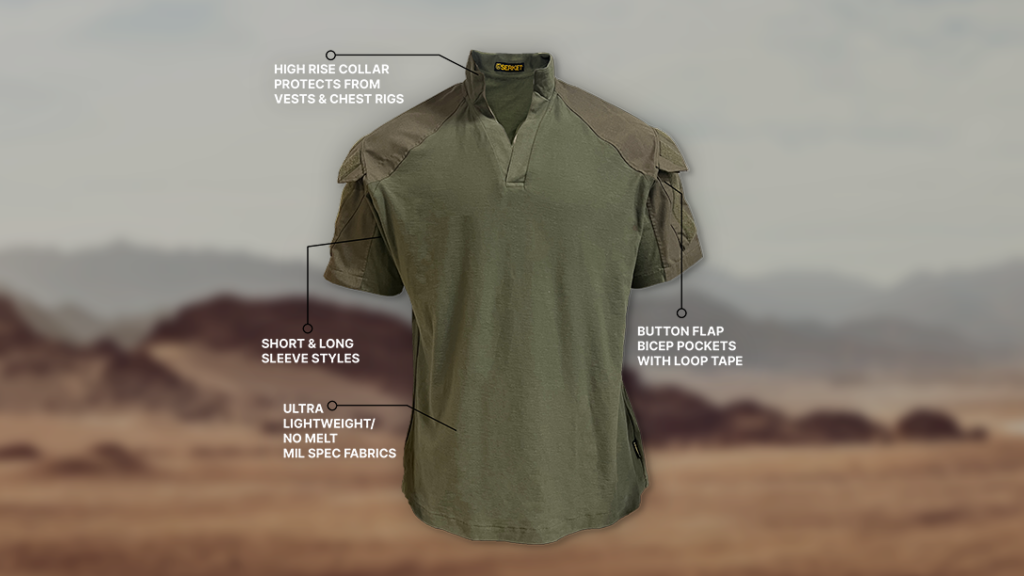
Spotlight on No Melt/No Drip Clothing
No melt/no drip clothing is a specialized type of military apparel designed to protect service members from fire-related hazards. These garments, like the ones offered by Serket, are made from unique materials that do not melt or drip when exposed to flames. They work well in situations with a fire risk. This type of clothing is a testament to the advancements in fabric technology and the commitment of companies like Serket to the safety of service members.
Focus on Flame-Resistant Clothing
Flame-resistant clothing is another specialized type of military apparel designed to protect service members from fire. These garments come from materials that resist flames. They work well in situations where there is a risk of flash fires. Flame-resistant clothing can mean the difference between minor injuries and severe burns in the event of a fire.
Proper care and maintenance of military apparel are essential for its longevity and functionality. By adhering to the guidelines in this blog post, you can ensure that your military apparel, especially those from Serket USA, will provide the protection you need. Remember, these garments are not just clothing; they are a crucial part of a service member’s safety equipment.
To keep up to date with Serket news, fill out the contact form here, so you’ll never miss another blog. If you’d like more information on how Serket can help you with your next mission, you can send us an email at Sa***@*******SA.com. Whatever your challenge, you can feel confident knowing Serket provides you with a uniform built for performance.
Did you hear about our recent updates to the Serket portfolio? You can read all about our new cutting-edge designs here.
